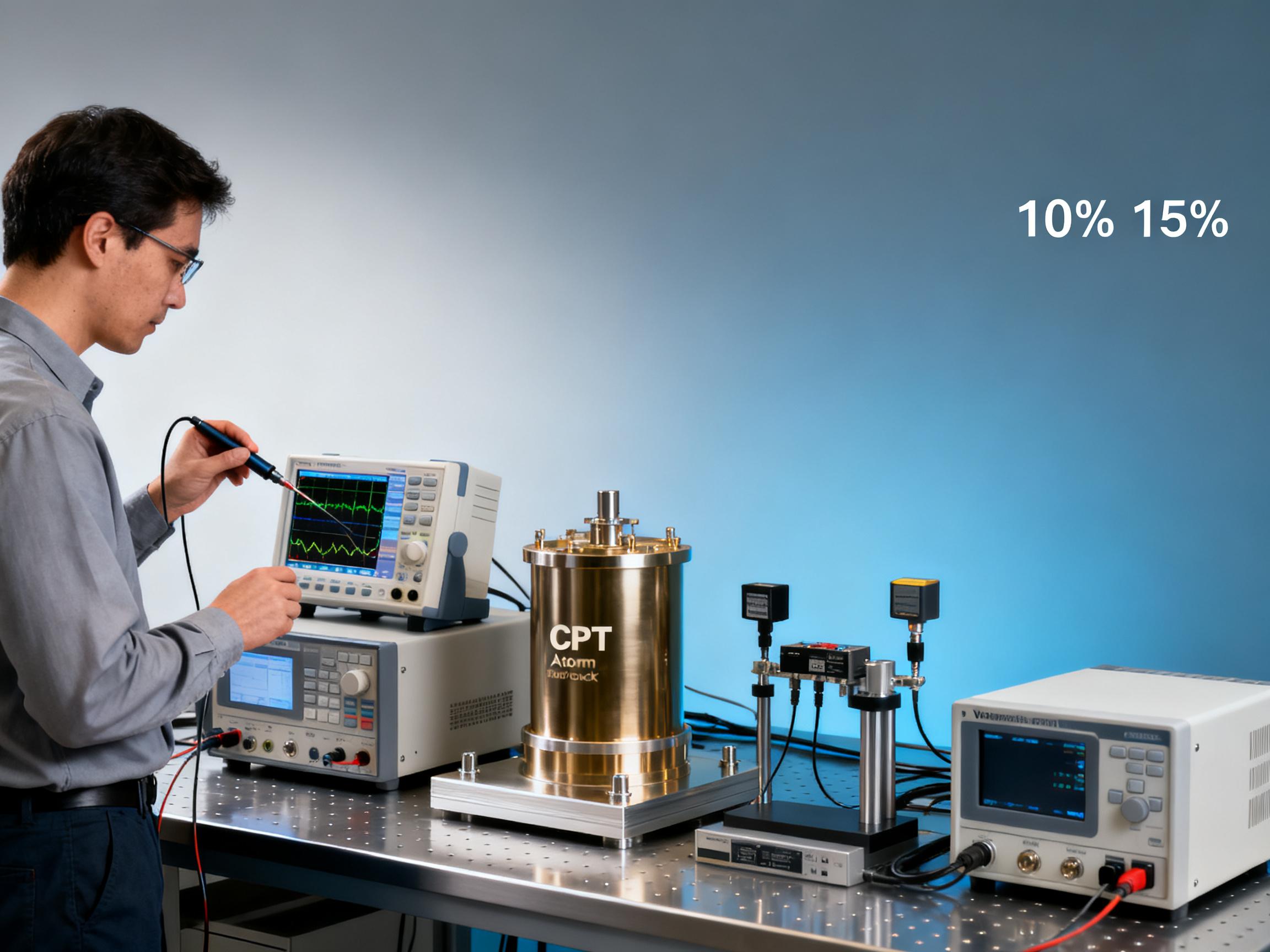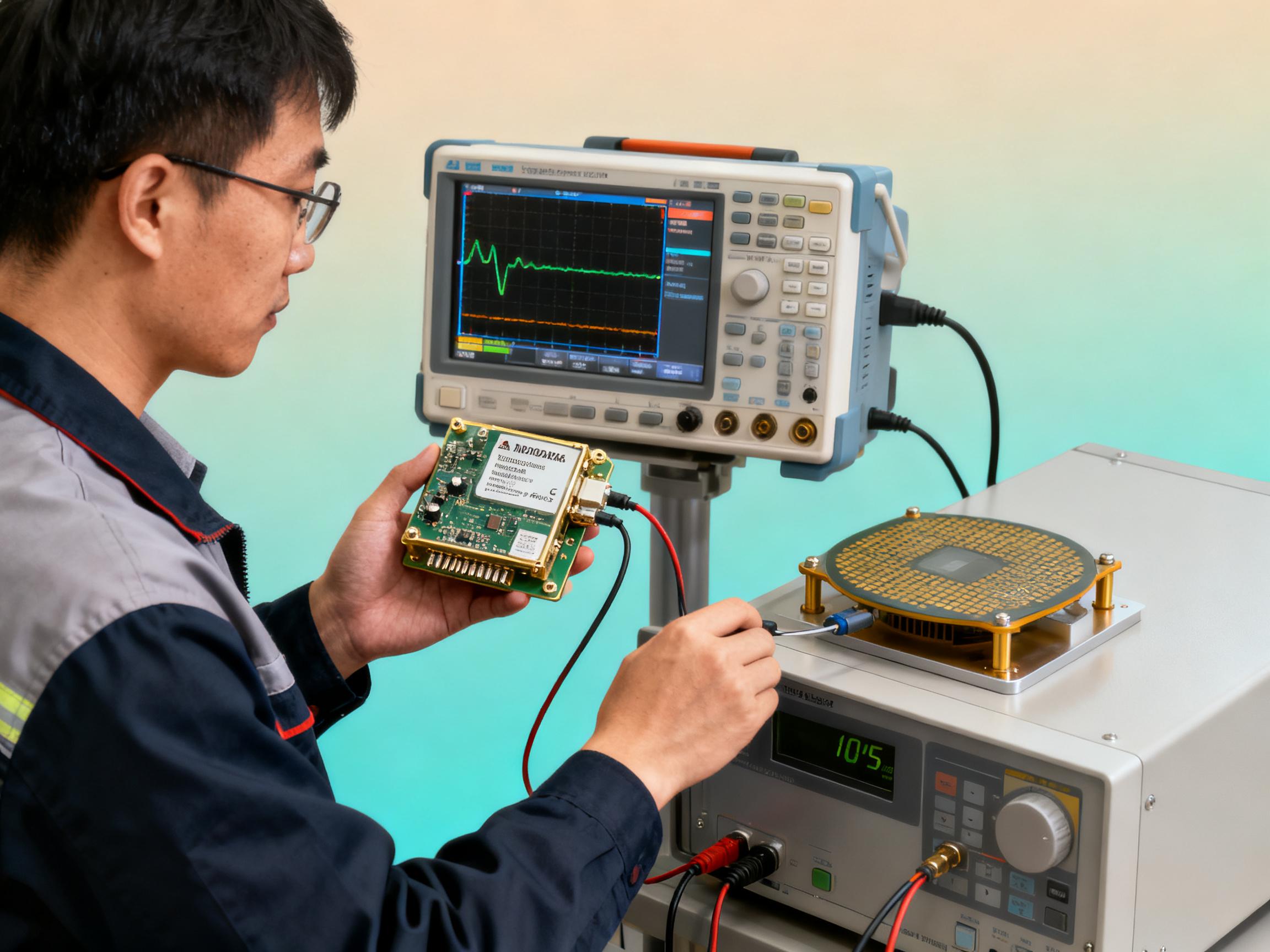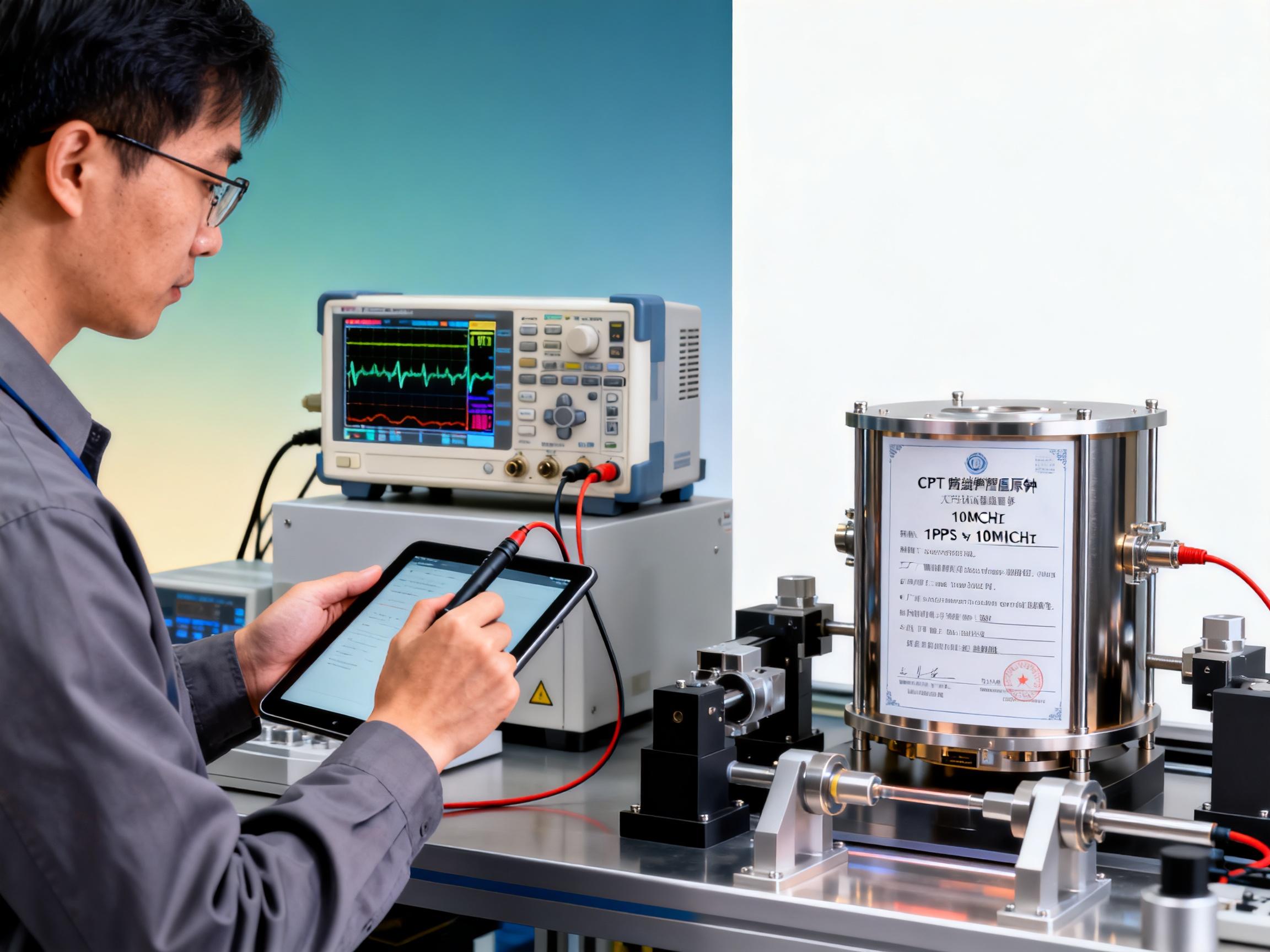RELATED
 Live Demo Results: CPT Atomic Clock Performance Under Harsh Environmental Tests (Data Inside)2025-12-05
Live Demo Results: CPT Atomic Clock Performance Under Harsh Environmental Tests (Data Inside)2025-12-05 Budgeting for Precision: Total Cost of Ownership for a Rubidium Atomic Clock Over 5 Years2025-12-03
Budgeting for Precision: Total Cost of Ownership for a Rubidium Atomic Clock Over 5 Years2025-12-03 Field Case: How Our Team Restored Precision After a Rubidium Atomic Clock Failure in 48 Hours2025-11-28
Field Case: How Our Team Restored Precision After a Rubidium Atomic Clock Failure in 48 Hours2025-11-28 Procurement Checklist: What Contract Managers Must Verify When Buying a CPT Atomic Clock2025-11-26
Procurement Checklist: What Contract Managers Must Verify When Buying a CPT Atomic Clock2025-11-26
MESSAGE
Introduction to Rubidium Atomic Clocks
Rubidium atomic clocks are highly precise timekeeping devices that use the hyperfine transition of rubidium atoms to maintain accurate time. They are widely used in applications where precision and stability are critical, such as GPS, telecommunications, and scientific research. Unlike traditional quartz clocks, rubidium atomic clocks offer superior performance with minimal drift over time.
How Rubidium Atomic Clocks Work
Rubidium atomic clocks operate by exposing rubidium atoms to microwave frequencies. The atoms absorb energy at a specific frequency, known as the hyperfine transition frequency. This frequency is used to regulate the clock's oscillator, ensuring precise timekeeping. The process involves a rubidium vapor cell, a microwave cavity, and a feedback loop to maintain stability.
Applications of Rubidium Atomic Clocks
Rubidium atomic clocks are essential in various industries:
- Telecommunications: They synchronize network operations, ensuring seamless data transmission.
- GPS and Navigation: They provide accurate timing for satellite systems, enabling precise location tracking.
- Scientific Research: They are used in experiments requiring exact time measurements, such as quantum physics.
- Aerospace: They ensure the reliability of onboard systems in satellites and spacecraft.
Advantages Over Traditional Clocks
Rubidium atomic clocks outperform traditional quartz clocks in several ways:
Technical Specifications
Key technical parameters of rubidium atomic clocks include:
- Frequency Stability: Typically better than 1E-11 over 1 second.
- Aging Rate: Less than 5E-11 per month.
- Operating Temperature: -20°C to +70°C.
Industry Standards and Certifications
Rubidium atomic clocks comply with international standards such as:
- ITU-T G.811 for synchronization in telecommunications.
- MIL-PRF-55310 for military applications.
- ISO 9001 for quality management systems.
Cost and Alternatives
While rubidium atomic clocks are more expensive than quartz clocks, their long-term reliability and precision justify the investment. Alternatives like cesium atomic clocks offer higher accuracy but at a significantly higher cost.
Common Misconceptions
Some believe rubidium atomic clocks are too complex for everyday use. However, modern designs are compact and user-friendly, making them accessible for various applications.
Future Trends
The demand for rubidium atomic clocks is expected to grow with advancements in 5G, IoT, and autonomous vehicles. Innovations in miniaturization and power efficiency will further expand their applications.
Why Choose Us
As a leader in high-precision time and frequency solutions, we offer rubidium atomic clocks with unmatched accuracy and reliability. Our products are backed by decades of expertise and cutting-edge technology. Contact us today to learn how we can meet your timing needs.
CONTACT US
Please use the form below to get in touch.
If you need a reply we will get in touch as soon as possible.





